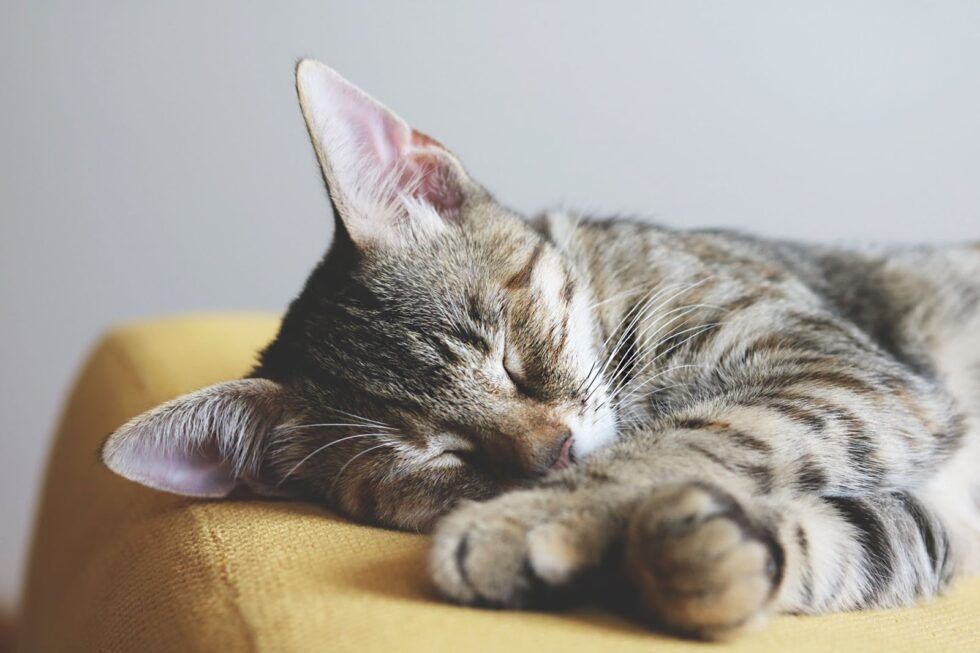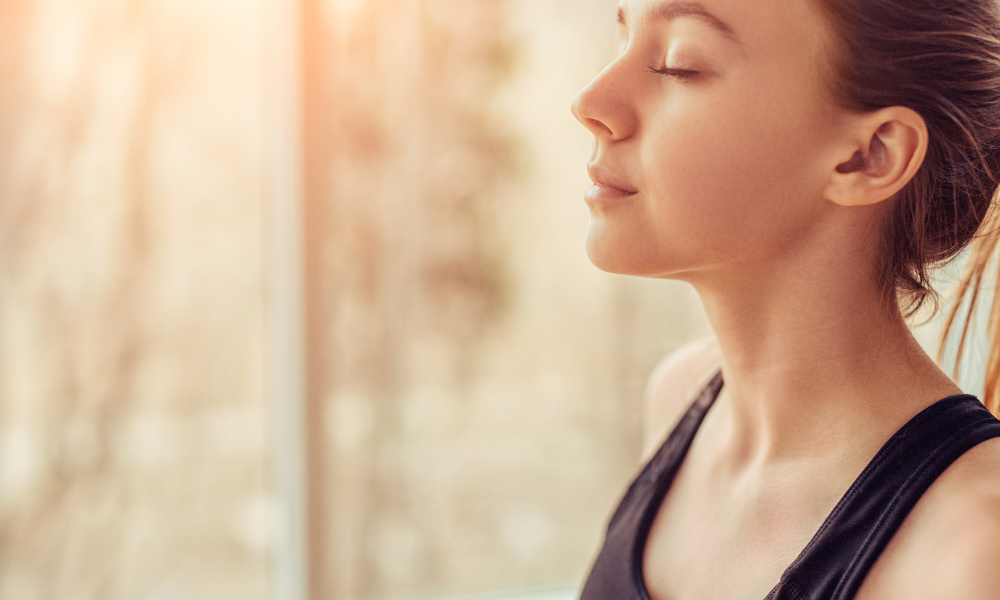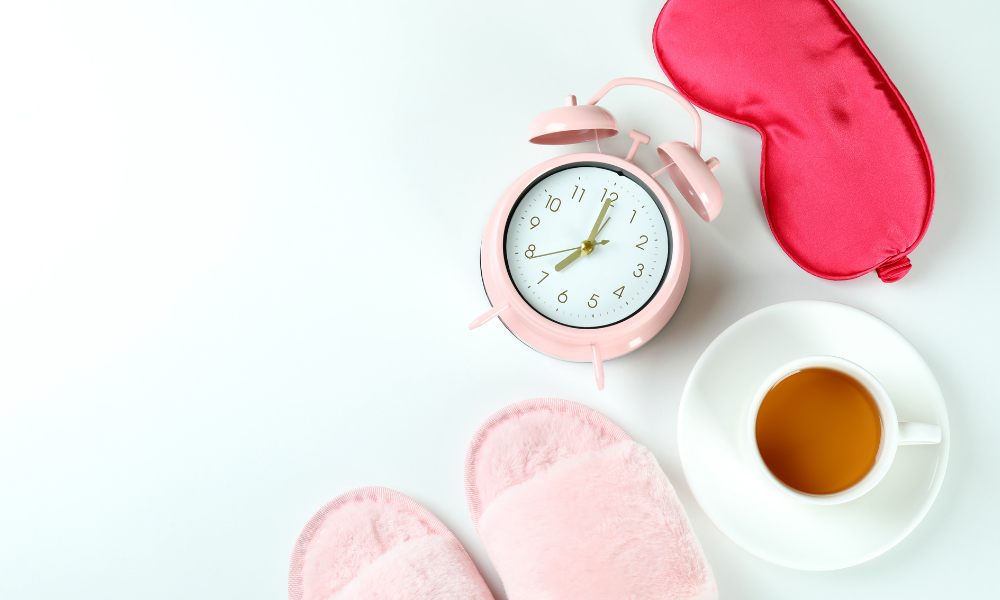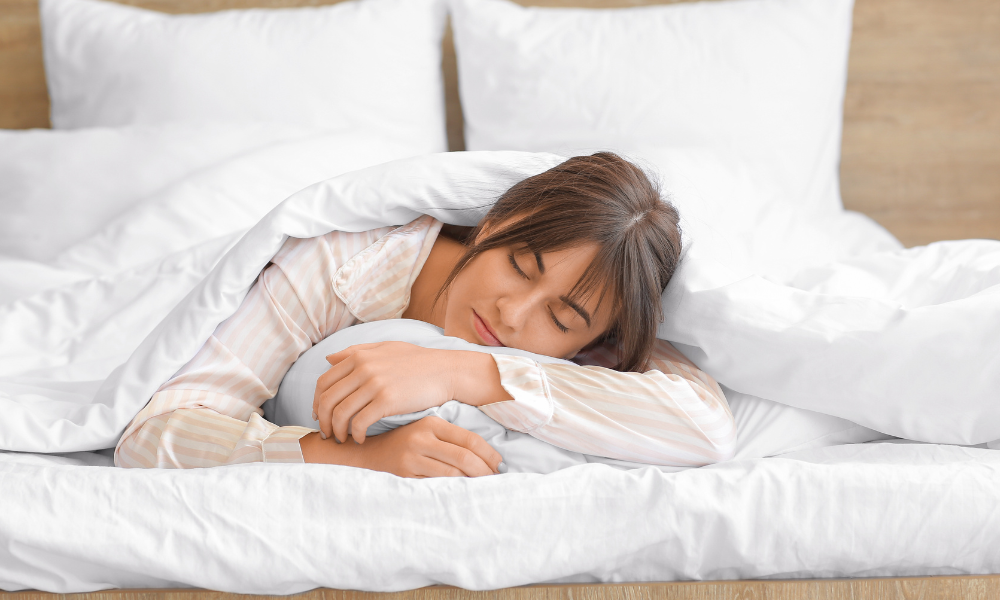
PHONE: 617-328-4050
EMAIL: info@greatsleepdental.com
Sleep Apnea, a Basic Understanding and Root Causes - Great Sleep Dental
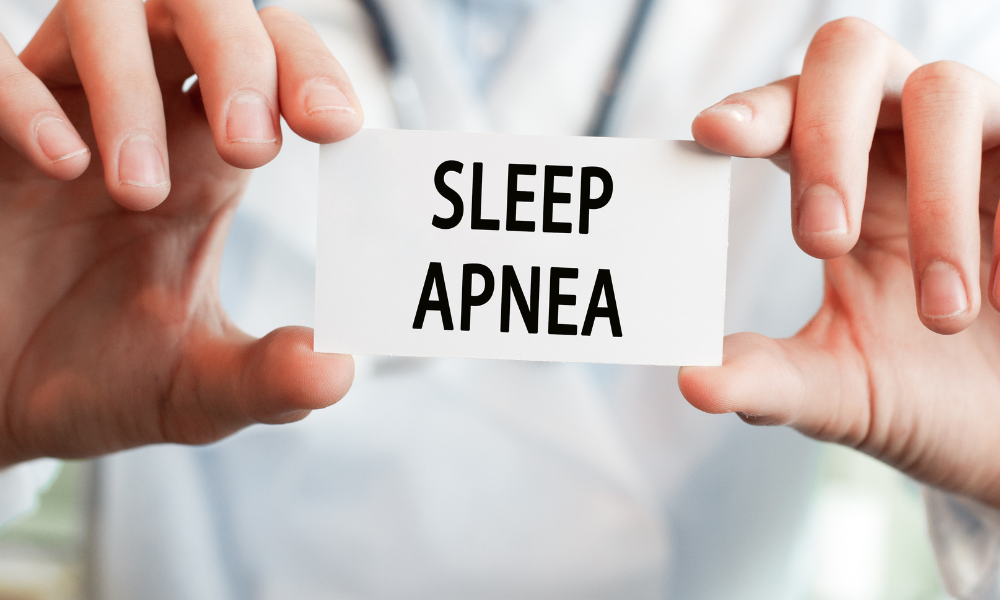
Sleep Apnea, a Basic Understanding and Root Causes
Do you have trouble breathing and sleeping at night then staying awake and active during the day? Answer might be Sleep Apnea! Let’s dive into a better understanding of Sleep Apnea and how it affects our daily lives.
What is Sleep Apnea?
A sleep disorder that causes disruption in breathing during sleep. It can happen multiple times in a single night. The concept derives its name from pauses in breathing which are called Apneas.
Types of Sleep Apnea
- Obstructive Sleep Apnea
Most common and prevalent type accounting for more than 80% of Sleep Apnea cases. Muscles at the back of the neck fail to keep the airways open, obstructing a regular air flow hence causing a blockage in breathing. - Central Sleep Apnea
It occurs less often and constitutes the brain failing to send motor signals to muscles that control breathing. - Mixed Sleep Apnea
It combines the action of both OSA and CSA and is more complex and difficult to manage.
What causes Sleep Apnea?
From genetic to anatomical and from lifestyle to central nervous system, a wide array of factors is responsible for this condition.
- Obesity
Lifestyle choices are a leading cause of this disorder. Excess fat around the neck region causes airways to narrow. - Physiological Factors
Smaller jaw, large tongue and tonsils can also lead to obstructive breathing. - Genetics
In some people there is a predisposition to a narrower airway from birth, leading to obstruction in normal breathing. - Central Nervous System
Brainstem lesions and problems in the respiratory control center of the brain can cause central sleep apnea.
How does Sleep Apnea affect our daily lives?
Many adverse effects are related to improper sleep schedules.
- Fatigue and sleepiness during the daytime.
- Impaired memory and concentration
- Mood swings
- Poor performance at work
- Relationship issues
- Increased risk of accidents
- Metabolic and cardiovascular diseases
It is important to understand the causes and how you can treat this situation for a better and healthier life.
Ready to transform your sleep?
Schedule a consultation with Great Sleep Dental today! Reach us at 617-328-4050 or email us at
info@greatsleepdental.com. We’re available via phone, email, or text to assist you. Experience the convenience of virtual appointments and take the first step toward better sleep. We’re eager to discover how we can assist you on your journey to a revitalized rest. Contact us now and unlock the key to a better night’s sleep!



